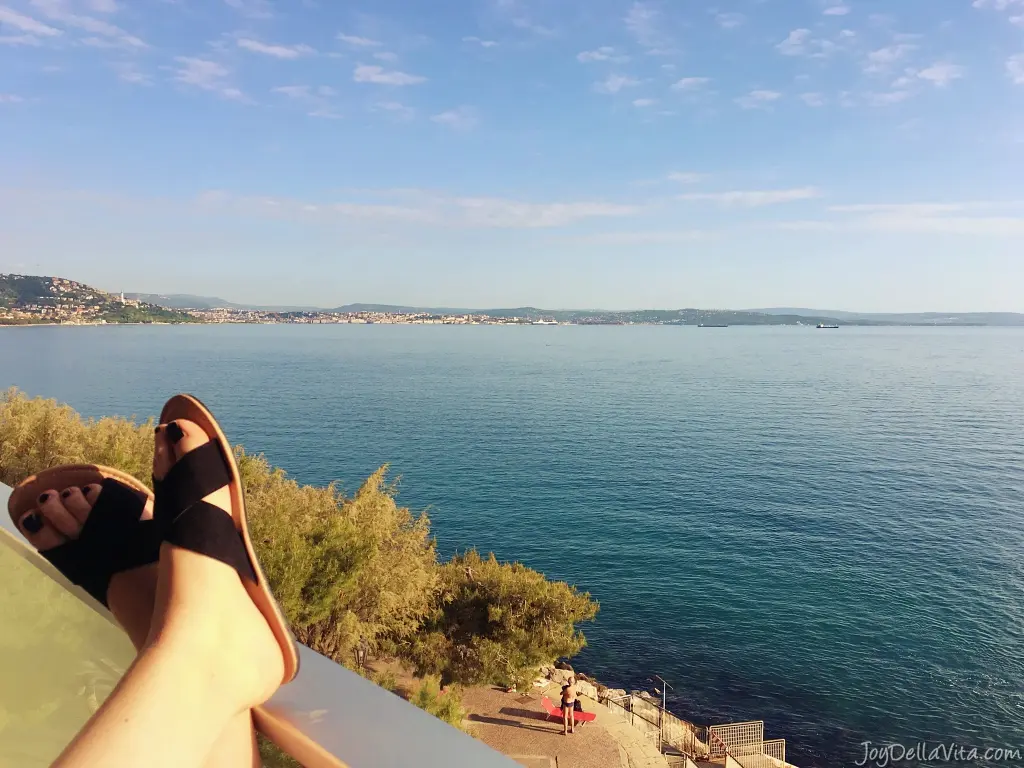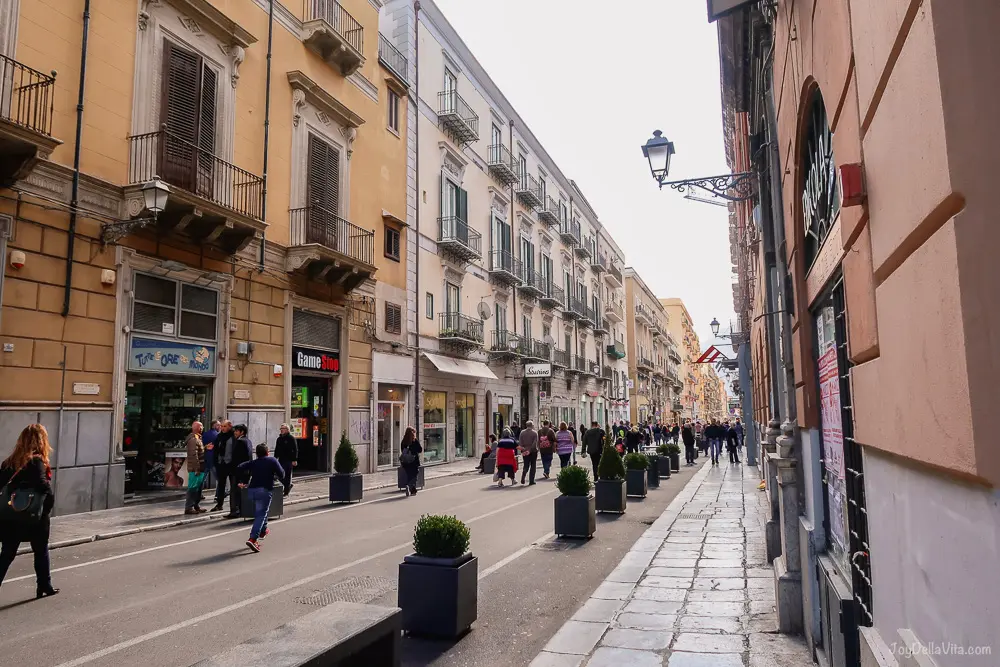Are you worried that pain that occurs under your heel can limit your travel plans? And for a good reason… because you know how unbearable the heel pain can be if you suffer from plantar fasciitis.
Plantar fasciitis also called heel spur syndrome means that the ligament in your arch (the plantar fascia) is damaged and thickened, that’s why it can tighten and cause stabbing pain in the bottom of your foot near the heel especially while walking.
Well, if you like travelling but have a problem with plantar fasciitis, you need to be very careful. You have to understand that any travel usually requires a lot of walking and this could become a real challenge for you and your feet as well. But it doesn’t mean that you have to stop your travelling lifestyle. Absolutely not! Just pay more attention to your feet during travel and enjoy the adventure.
How to Walk Long Distances without Getting Tired?
It can be challenging to walk long distances with temporary or sometimes chronic heel pain caused by plantar fasciitis. However, don’t forget that right supportive shoes for plantar fasciitis and good orthopaedic insoles (or foot pads) can help you reduce or even stop the foot pain and make your walks pleasurable.
A comfortable pair of shoes is a crucial part of plantar fasciitis relief because it will keep you on your feet all day and help protect your heels from becoming inflamed. Special shoe insoles and foot pads will wrap your foot during the day and distribute your weight more evenly to prevent plantar fasciitis and other foot problems. So choosing the appropriate travel-friendly shoes and orthopaedic insoles or pads are the guarantees of your great long-distance walks without getting tired and feeling foot pain.
How to Soothe Severe Heel Pain after Walking?
After walking, you may often feel not only severe heel pain but also have inflammation and swelling. A perfect way to ease the pain around the affected area and discomfort after your walking routine is to get a foot massage.
Massage therapy assists in loosening tight muscles, stimulating increased blood circulation, providing relaxation and stress-relieving effect. In such a way, the massage soothes the pain and recovers your foot, offering protection from inflammation.
One more cool way to get relief after a walk is a foot bath with Epsom salt. Discharged in warm water, Epsom salt breaks down and creates so beneficial for the feet magnesium sulfate crystals. Such a bath will relax the muscle and relieve joint pain, encourage blood circulation and, thus, lower swelling and bruises. When you decide to take such a relaxing bath, you should put one or two cups of Epsom salt in very warm water. Then drag your feet in the tub and leave them for at least 12 minutes.
What Is the Best Plantar Fasciitis Heel Pain Treatment?
Ice and stretching are the best home-care therapy that can relieve your foot pain and make your life a little bit easier as well as your travel lifestyle more comfortable.
Ice therapy as a part of plantar fasciitis treatment is one of the most effective ways to soothe sore muscles, treat inflammation and relieve pain and swelling. All you need to do is hold an ice pack at the bottom of the foot near the heel (at the affected area) for 15 to 20 minutes three or four times a day, especially after activity like walking when you travel.
Stretching can also be very helpful if you want to pursue your active lifestyle. Try to stretch out your calf muscles, feet, lower leg muscles when you get up in the morning because such stretching exercises can help you restore the flexibility of your feet and move more freely while travelling.
Bottom Line
When it comes to plantar fasciitis, you have to realise that it can cause some trouble during travel. But you shouldn’t let this foot problem affect your travelling lifestyle because even with plantar fasciitis, you can easily remain active and keep travelling.











Leave a Reply